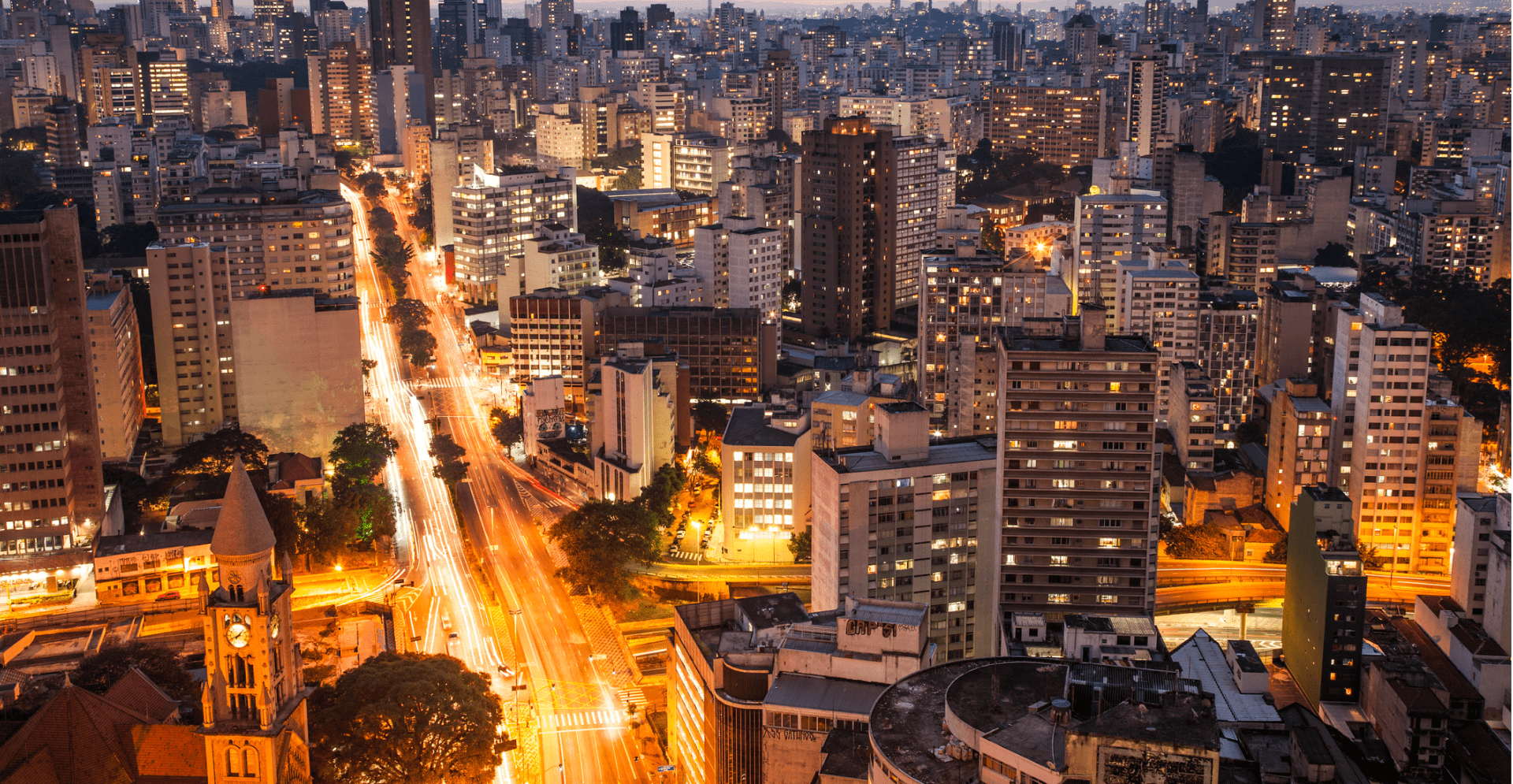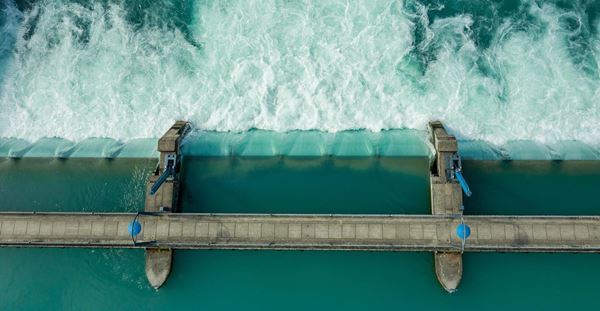Summer is in full swing in many parts of the Southern hemisphere and with it climate change-related extreme heat. No longer considered a pursuit of luxury, the quest for staying cool indoors is a pressing necessity for everyone to protect their health, productivity, and overall well-being. Indoor temperatures matter and our collective yearning for staying comfortably cool, once a given, is now overshadowed by a stark reality: can everyone afford it?
The global surge in air conditioner sales, averaging a staggering 10 devices per second, underscores the urgency of this question. As our planet heats up, the need for cooling extends beyond personal comfort to critical requirements like vaccine storage during pandemics. However, as we embrace cooling technologies, we inadvertently contribute to the very problem we seek relief from — the escalating climate crisis.
The use of hydrofluorocarbons, potent greenhouse gases found in air conditioners and refrigerators, poses a vexing environmental dilemma. These refrigerants are up to 3,000 times more impactful than carbon dioxide, raising the crucial question of how to achieve comfort without exacerbating the climate crisis.
Renewables offer a glimmer of hope as an alternative energy source. However, the scale of energy required for active cooling systems, such as air conditioners, presents a monumental challenge. A study by the Climate & Clean Air Coalition published in journal Science Advances, suggests that for sustainable cooling worldwide, over half of the total energy used for transportation, industries, and cities combined must be allocated to cooling alone.
The disparity in access to cooling technologies is already evident, with billions in poor communities facing heightened risks, especially in tropical regions of the Global South. Recent heatwaves in Southeast Asia resulted in alarming cases of hospitalizations and deaths due to heatstroke, emphasizing the disproportionate impact on marginalized communities.
This climate crisis underscores the intersection of climate concerns and the built environment sector. In my architecture practice, I have witnessed how buildings in warm climates around the world, including southern Europe, the United States and China can become heat traps, necessitating active cooling processes that contribute to emissions through electricity usage, refrigerant release, and the environmental impact of manufacturing cooling devices.
In our pursuit of sustainable cooling, it's crucial to reflect on the role of technology and the 'high tech' concept in contributing to the climate crisis. Perhaps it's time to shift focus towards the wisdom of simpler, locally rooted technologies, drawing lessons from Indigenous knowledge and vernacular architecture that emphasize passive cooling.
Passively cooled buildings, designed to transfer heat to surrounding air without electricity, offer a sustainable and climate-resilient alternative. Studies show that such buildings can drastically reduce local and global emissions while saving up to 70% of energy consumption. To address the climate crisis effectively, passive cooling mechanisms should be implemented in all buildings, with a particular focus on low-income households and existing informal settlements.
However, the investment in cooling research and development is woefully inadequate, representing a mere fraction of allocated budgets both in the UK and globally. To make a meaningful impact, we must ramp up investment in research to decarbonize the construction and operation of buildings, while prioritizing education and training to equip future architects with the skills to design energy-efficient structures aligned with climate targets.
With COP28 having come to a close, the focus on fossil fuel use and climate change damage funds for the Global South is intensifying. Responsibilities increase by the minute. All countries should include built environment strategies in the nationally determined contributions. For the world to reach carbon reduction goals, buildings must be low carbon, resilient and designed for passive survivability.
Passive cooling emerges as a key solution to decarbonize buildings that aligns perfectly with one of COP28’s themes of relief, recovery, health and peace. By prioritizing climate mitigation and adaptation, passive cooling not only offers respite from the scorching temperatures but also safeguards the health of humanity and our planet. It also symbolizes our collective will to addresses the pressing need for affordable and livable indoor spaces for all.
With blistering summer temperatures becoming the norm, resilient comfort is not just about energy-efficient machinery; it's about enabling all people to affordably maintain comfort. It's a call to action for COP28 and beyond — a call to prioritize climate mitigation and adaptation, ensuring that the privilege of staying cool is a right for every inhabitant on our planet.






